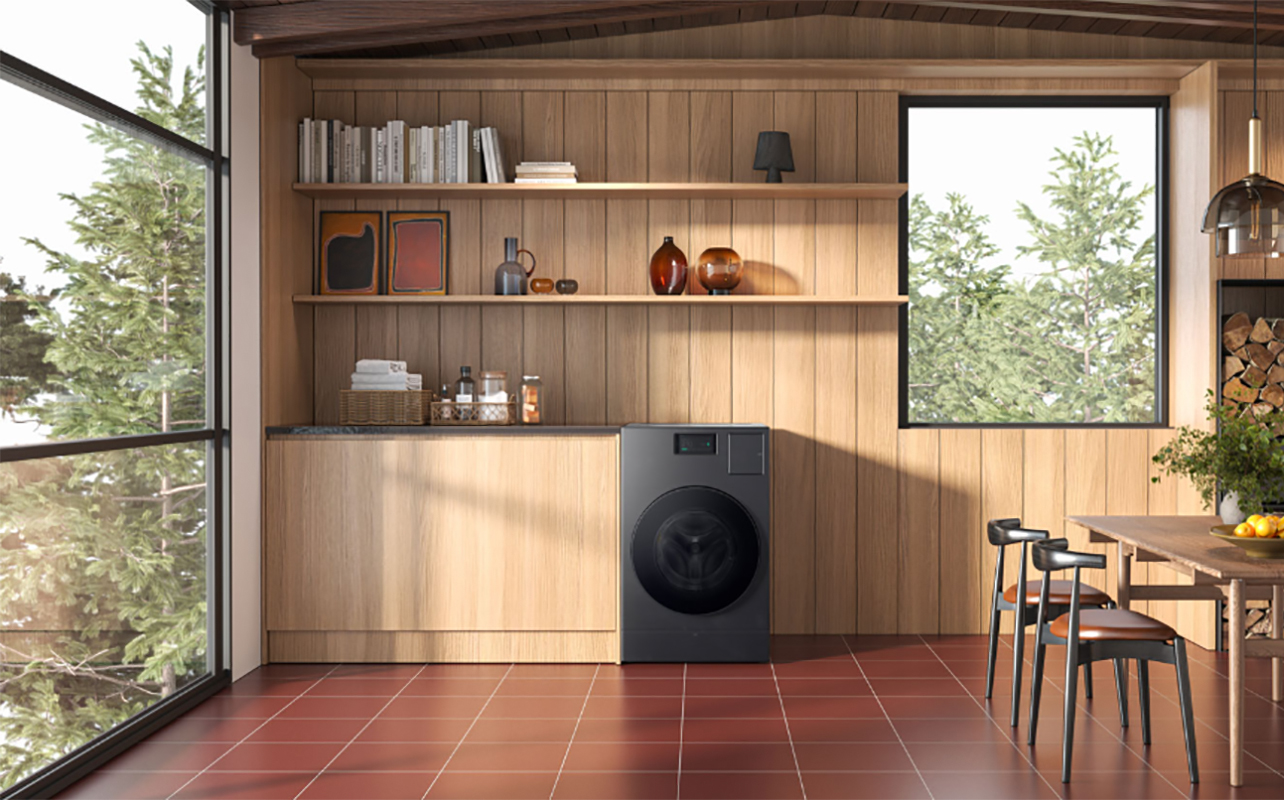
Washer dryer combos have come a long way. What once felt like a novelty is now a real, viable solution for people looking to save space, simplify laundry day, and adopt energy-efficient appliances. But before you decide if a washer and dryer combo is right for your home, it’s worth understanding how they actually work. That’s especially since their functionality differs significantly from traditional two-unit setups.
This article will walk you through everything you need to know about washer dryer combos, from how they operate and the technology inside them, to how smart features and lifestyle perks make them uniquely suited for today’s homes.
Understanding all-in-one washer dryers
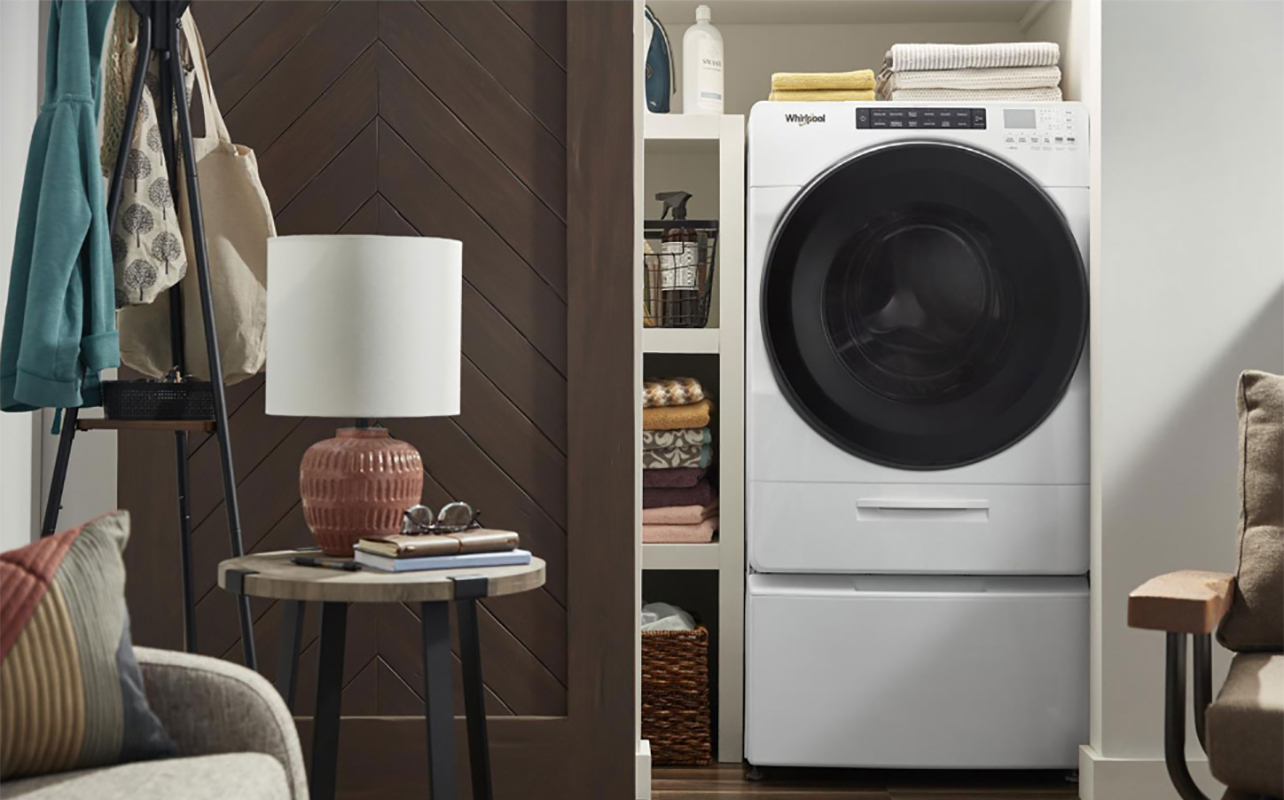
A washer dryer combo in one is exactly what it sounds like: a single appliance that washes and dries your clothes using one drum and a ventless system. Unlike traditional two-appliance laundry setups, there’s no need to move clothes from one machine to another.
These 2-in-1 washer and dryer units use the same drum for both washing and drying cycles, which means less handling of clothes and more automation. They’re a great fit for compact spaces like condos, basement suites, and even RVs, where floor space and venting access are limited.
What makes them different?
Most traditional dryers require external venting to expel moist air. But all-in-one models are ventless, which means they use either condensation or heat pump technology to dry clothes. This not only makes installation easier but also enables more flexible placement in your home since you don’t need a vented connection.
How all-in-one washer dryers work
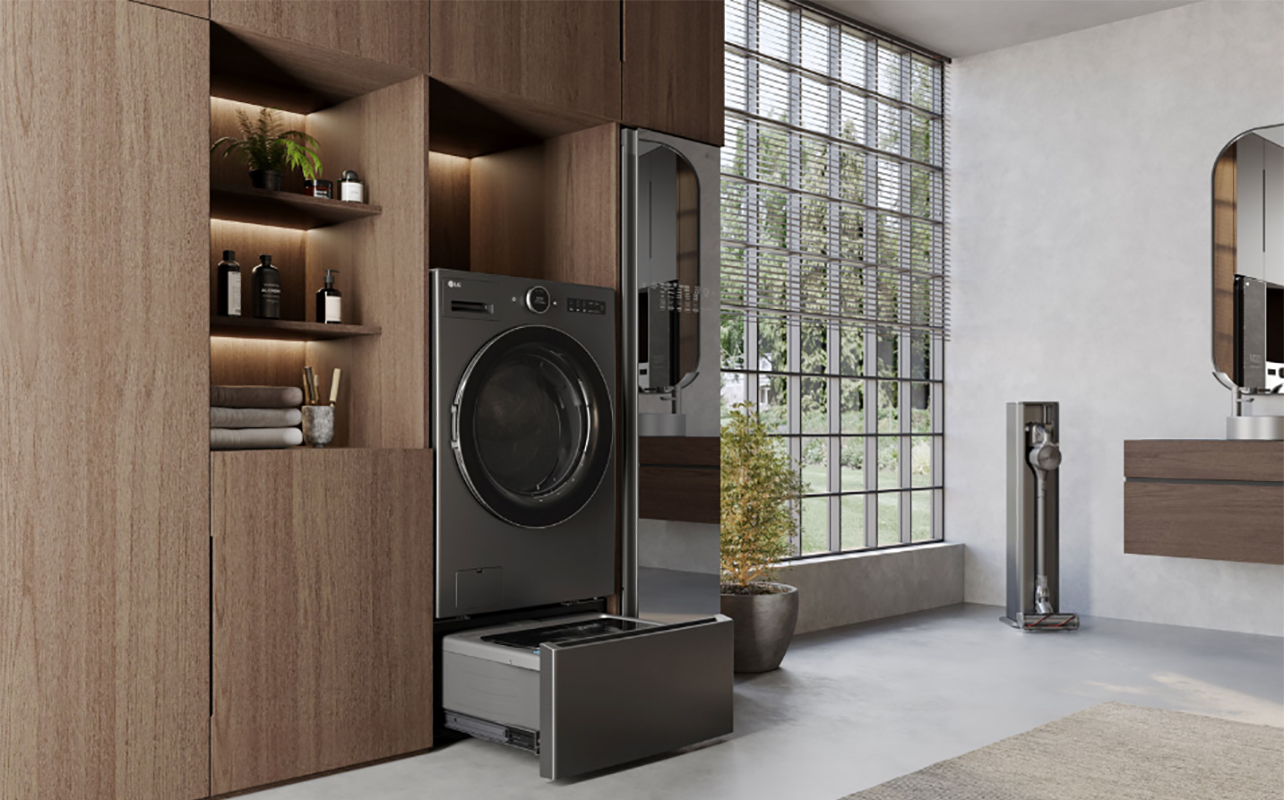
Washer dryer combos start just like a regular front-load washer. Water and detergent mix inside the drum, agitate the clothes, rinse, and spin. The difference lies in what happens next.
Once the wash cycle finishes, the unit automatically switches to drying mode. There’s no need to intervene. The machine uses a built-in condensation system or heat pump to extract moisture from the clothes. The air is either cooled to remove moisture (condensation) or heated and recycled (heat pump), drying your laundry in the same drum without you having to move a thing.
The transition from washing to drying
This transition is handled by internal sensors and programming logic. Once the rinse and spin are complete, the machine initiates drying by heating the air and circulating it within the sealed drum. Moisture is extracted, either condensed into water and drained or collected.
You may come across two capacity ratings: IEC (International Electrotechnical Commission) and DOE (Department of Energy). IEC usually refers to the full drum volume for washing. DOE often reflects the usable drying capacity, which is typically less. This means while you can wash a full load, drying that same load may require dividing it in half.
Heat pump vs. condenser technology
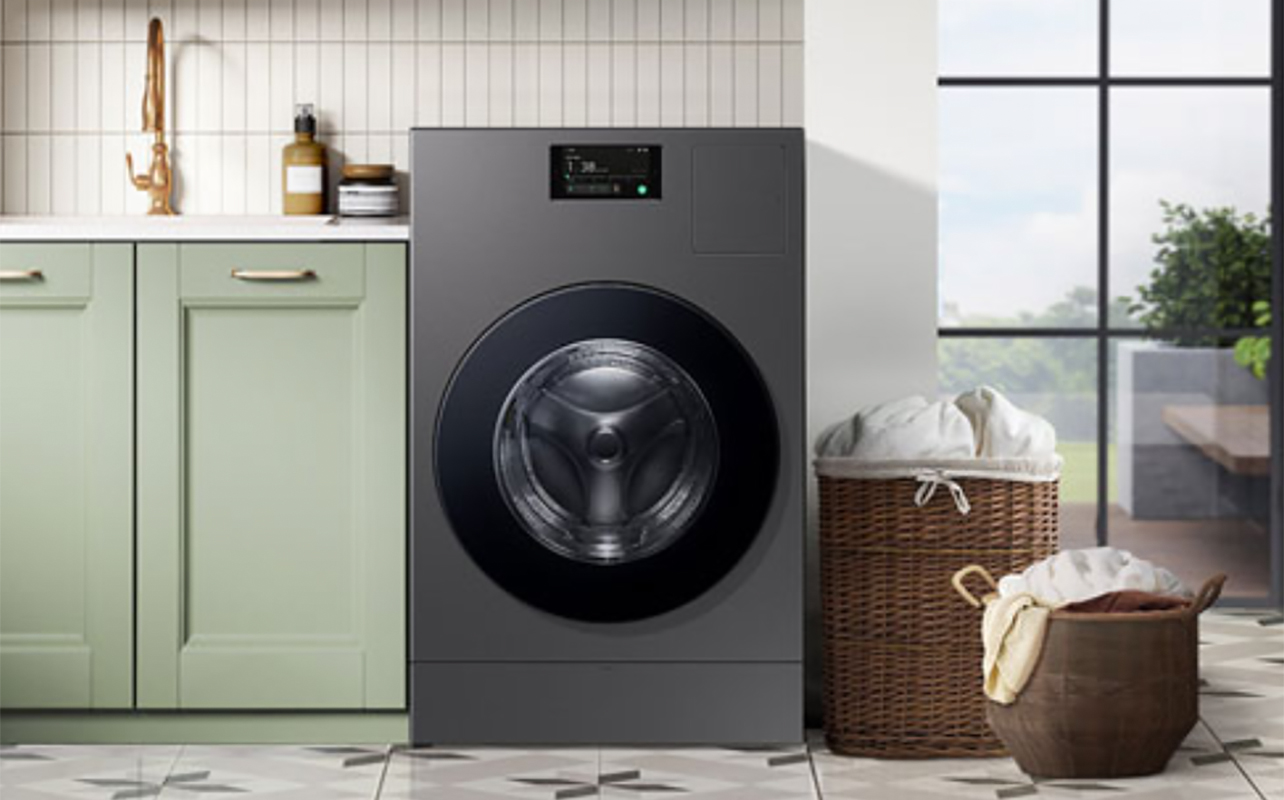
If you’re serious about choosing the right all in one washer dryer, understanding the drying method is critical. Unlike stand-alone dryers that often use vented systems, combo units rely on ventless drying, using either heat pump or condenser technology. Each has its own benefits and trade-offs, and the right choice depends on your energy goals, budget, and household needs.
Condenser dryers: fast and familiar
Condenser technology is the most common in combo units. It works by heating air and passing it through wet clothes. The humid air is then cooled down so the moisture condenses into water and drains out. While it gets the job done relatively quickly, condenser dryers tend to use more energy and release more heat into the surrounding area.
They’re great if you prioritize shorter drying times, have a moderate budget, and want a familiar and proven drying method. But keep in mind that they tend to raise ambient room temperature, which may be uncomfortable in small or poorly ventilated spaces.
Heat pump dryers: energy efficiency meets fabric care
Heat pump models are newer and less common, but they offer significant advantages. These systems work by reheating and reusing air in a closed loop, reducing energy consumption by up to 50% compared to traditional condenser units.
The drying process is slower, but the lower heat is much gentler on fabrics, which is ideal for delicates, synthetics, or mixed loads. They also produce less external heat, which is great for energy-efficient homes or tight urban spaces.
Opt for a heat pump model if you want to reduce your energy bills, need to dry delicate clothing regularly, can accommodate slightly longer drying times, and/or value low-heat operation for comfort and sustainability.
Although heat pump units can be more expensive up front, the long-term energy savings often justify the cost, especially in provinces with higher hydro rates.
Here’s a deeper look at the two options:
| Feature | Condenser Dryer | Heat Pump Dryer |
|---|---|---|
| How it works | Uses hot air and cool water to condense moisture | Recirculates warm air through a heat exchanger |
| Energy efficiency | Moderate; higher utility use | High; up to 50% less energy than condenser units |
| Drying time | Typically faster | Slower but more fabric-friendly |
| Heat output | High; may warm up small rooms | Low; ideal for compact, enclosed spaces |
| Maintenance | Generally low maintenance | May require more frequent filter cleaning |
| Initial cost | Lower | Higher upfront cost, lower long-term energy use |
| Best suited for | Users valuing speed or working with larger budgets | Eco-conscious users or fabric-care priority buyers |
Smart features & AI technology
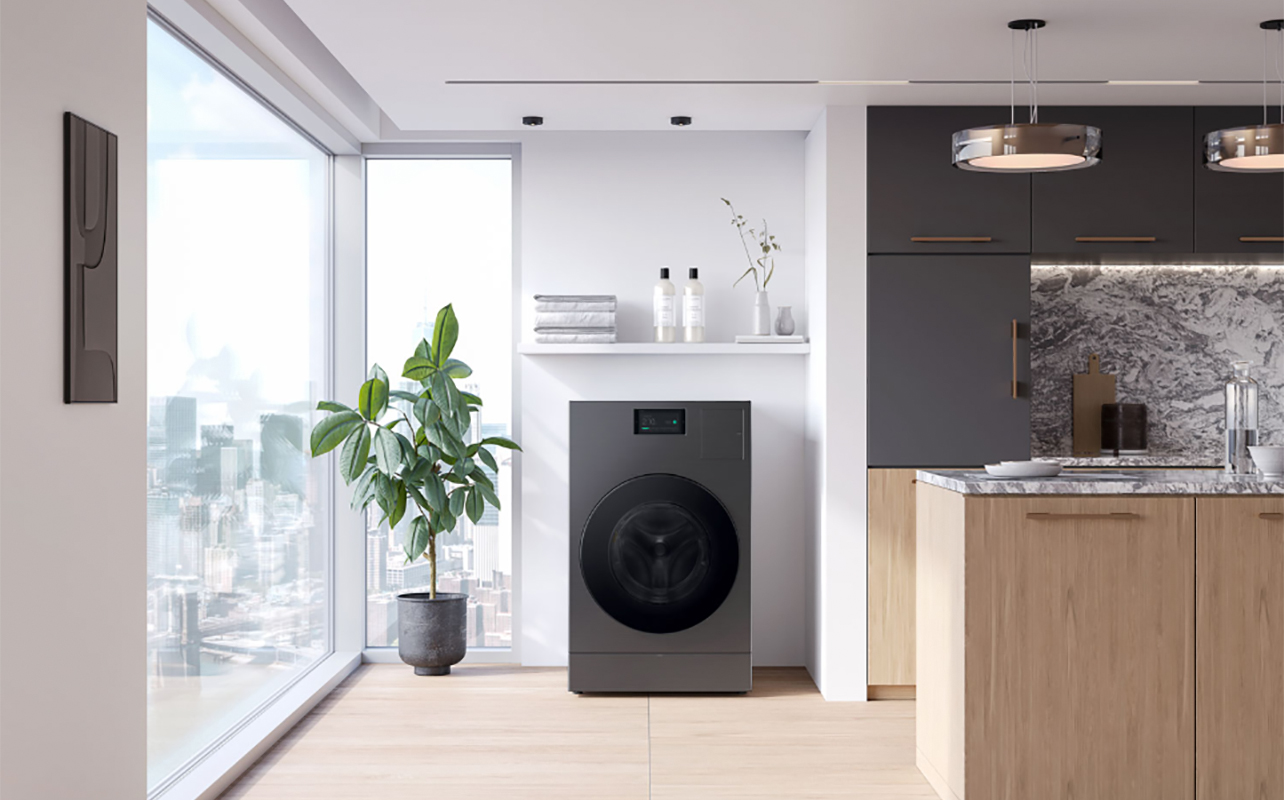
Modern washer dryer combos are no longer just about washing and drying. They’re increasingly powered by AI (Artificial Intelligence) and smart sensors that adapt to your lifestyle, making laundry easier, faster, and more efficient.
How smart sensors make a difference
Instead of relying on fixed cycles, smart combos use internal sensors to automatically detect:
- Load size – preventing over- or underuse of water and detergent.
- Fabric type – adjusting agitation and drying temperature to protect your clothes.
- Soil level – modifying cycle time and spin speed to match the degree of soiling.
This means every load is treated just right. Whether you’re washing gym clothes, delicates, or jeans, you don’t have to think about settings. Rather, your machine will optimize the cycle for you.
The power of Wi-Fi and app control
Many leading brands now offer Wi-Fi-connected models that let you start, stop, and monitor your laundry remotely using a smartphone app. You can:
- Get real-time cycle updates.
- Download new or specialized cycles (e.g., babywear, outdoor gear).
- Receive maintenance reminders or error alerts.
- Pair with smart home ecosystems like Google Home or Amazon Alexa.
- Contact customer service right through the app for troubleshooting and diagnostics.
For example, LG’s AI DD (Artificial Intelligence Direct Drive) technology learns from past wash patterns to optimize future cycles. It even suggests custom cycles based on your laundry habits. Similarly, Whirlpool’s app-enabled machines allow for voice control and remote diagnostics, helping you troubleshoot without needing a service visit.
Smart features for better efficiency
By automatically adjusting settings, smart washer dryer combos conserve water, detergent, and energy. This makes them a sustainable option for households trying to lower their utility bills without sacrificing cleaning performance.
Why this matters before you buy
If you’re choosing between models, consider how much you’ll use these smart features. If you’re someone who likes custom control and time-saving automation, a smart-enabled unit is well worth the extra investment. But if you prefer simple, manual operation and don’t plan to use an app, you might not need all the bells and whistles.
The advantages beyond convenience

While space-saving may be the biggest appeal, all-in-one washer dryer combos offer a range of other benefits:
Designed for smaller spaces
Their compact footprint makes them a great choice for apartments, condos, and small homes where installing two separate machines simply isn’t possible.
Energy and water efficient
Many models are ENERGY STAR certified, using less electricity and water than older two-appliance systems. Heat pump models, in particular, offer substantial energy savings.
Easier on clothing
Because these machines use gentler cycles and lower drying temperatures, they can help extend the life of your clothes, especially delicate items.
Flexible usage
You’re not locked into a full wash-and-dry cycle. You can run a wash-only or dry-only cycle depending on your needs. This flexibility is ideal for items that air dry better or when you want to freshen up dry clothes.
Things to consider before buying
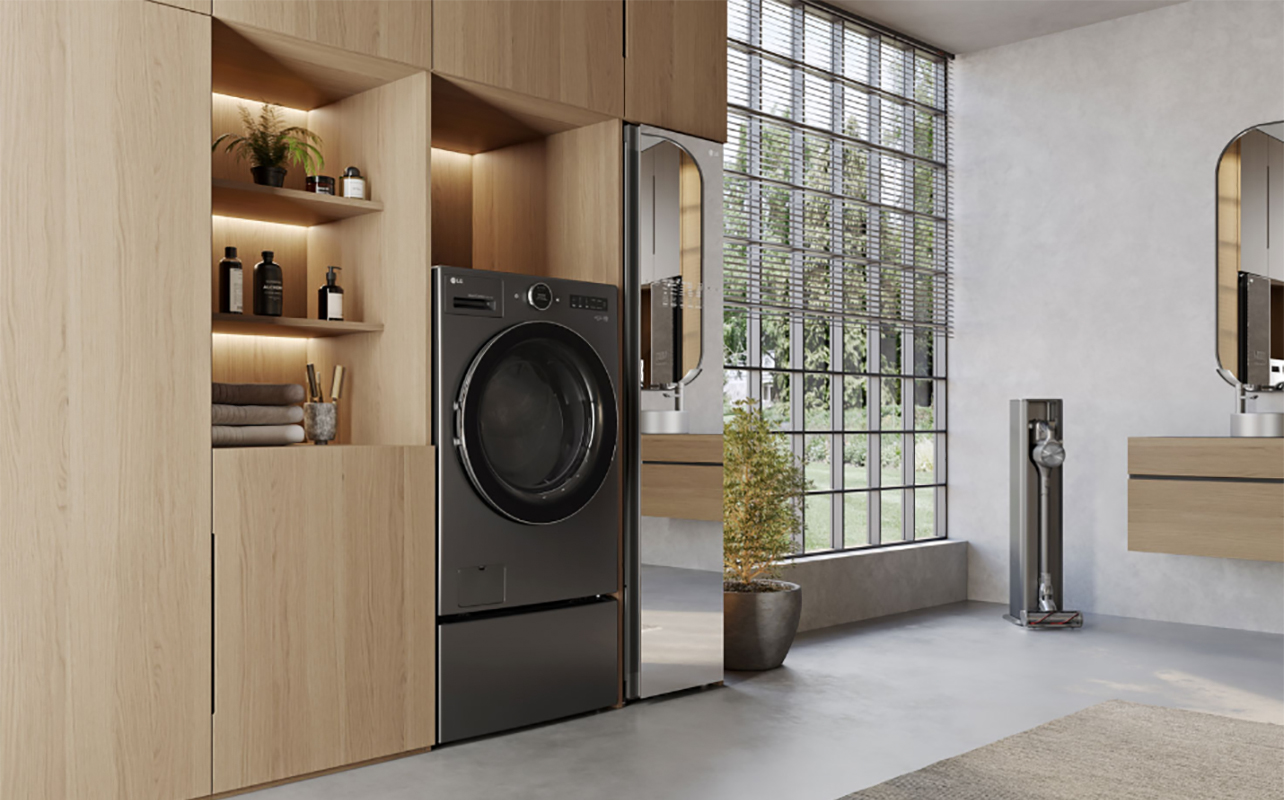
While washer dryer combos offer a lot, they’re not the perfect fit for everyone. It’s important to weigh the pros and cons based on your specific needs.
Load capacity
Due to the smaller drying capacity, you may not be able to dry the same size load you washed. This can make laundry day longer for larger households.
Cycle length
Because the drying process takes longer in ventless machines, expect longer cycle times. Some can last up to five 5 hours for a full wash and dry.
You can only do one load at once
They might not be the best option for larger families who often do numerous loads on laundry day. Both the washer and the dryer are occupied whenever there’s a load. So, you can’t transfer one load to a dryer to start the next one and speed up the process.
Ideal use cases
Washer dryer combos are best suited for singles, couples, and small families; homes with limited space or no external venting; and those prioritizing energy efficiency over speed. But they may not be ideal for large families with heavy laundry loads or people who need to dry bulky items quickly.
When to choose a combo unit
Choose a washer and dryer combo if you’re looking for a space-efficient laundry solution, gentler drying for delicate or mixed fabrics, and simplified operation with smart controls. Avoid it if you regularly run multiple large loads and prefer shorter drying cycles.
Final thoughts: is a washer dryer combo right for you?
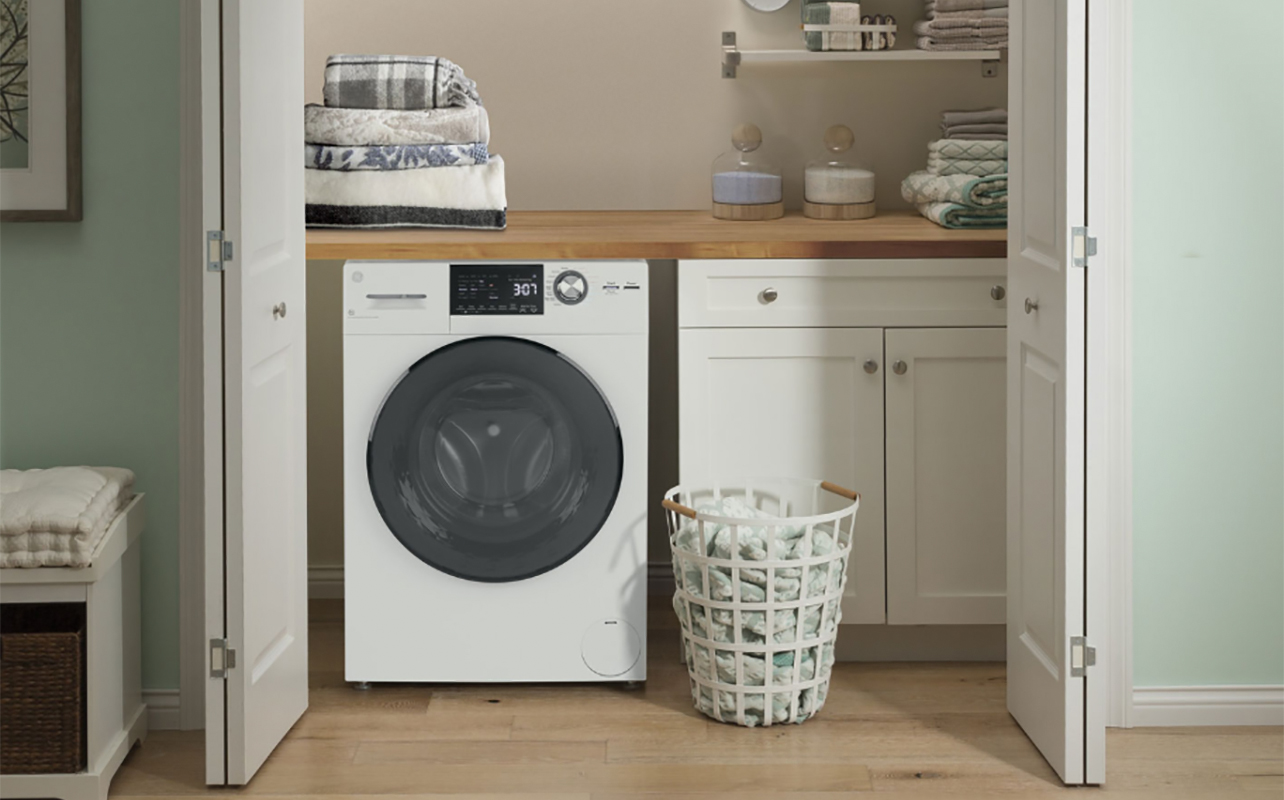
If you’re short on space and want a simpler, more efficient way to do laundry, a washer dryer combo is a smart choice. These all-in-one units save space, use less energy, and offer the convenience of washing and drying in one cycle.
While they may not suit large households due to smaller load capacities and longer cycle times, they’re ideal for small homes, condos, or anyone looking to streamline their laundry routine. For the latest models with smart features and energy-saving tech, explore the range of washer dryer combos available at Best Buy Canada.
This article was drafted using AI technology and then reviewed, fact-checked, and revised by a member of our editorial team.





